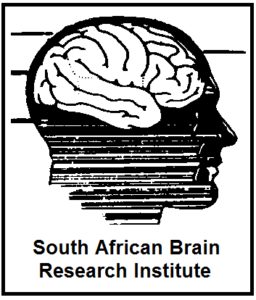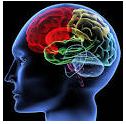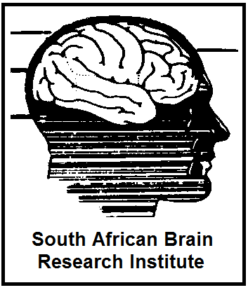
Confirmations of Sabri Breakthroughs
In 1987, SABRI investigators proposed that all substance abuse, namely alcohol, tobacco, cannabis (dagga), cocaine, heroin (and other opioids) and benzodiazepines (e.g. Valium) acted through the same brain final common pathway.
This notion was based on the fact that psychotropic analgesic nitrous oxide (PAN) rapidly, effectively and safely ameliorated addictive withdrawal states to all known substances of abuse in humans. In June 1997 a paper appeared in the prestigious North American journal Science, describing animal experiments confirming SABRI’s original hypothesis. Barely three months later animal experiments published in the world’s premier scientific journal Nature provided confirmatory evidence of two other SABRI hypotheses.
In 1981 Institute investigators had uncovered a pain producing opioid system that they suggested was counterpoised by pain inhibiting opioid sytems* The tpain inhibiting (analgesic) system had been discovered by others. In 1984, SABRI investigators implicated these opposing systems in the development of addiction. These hypotheses were confirmed in Nature.

In February 2002, University of Toronto workers published the discovery of a substance called Downstream Regulatory Element Antagonistic Modulator` (DREAM) which blocks the antagonistic opioid system, emphasising the importance of SABRI’s earlier breakthrough.
The Institute’s initial detection of a pain producing system between 1980 and 1984 opens the way to new approaches for treating severe pain states. It would seem that the pain system keeps the analgesic opioid system in homeostatic balance. Without the counterbalancing pain system, the analgesic system would prevent all pain and allow undetected and dangerous tissue damage. Until now, severe pain, such as that suffered by terminal cancer patients, has been treated by opioid drugs that decrease suffering by increasing the activity of the analgesic system.
Knowledge of the existence of the opposing pain system might result in the development of new drugs. These novel agents, unlike morphine and related drugs that act through the analgesic system, would be targeted to act directly on the system producing pain. These drugs would probably have considerable advantages over the morphine-like drugs which are the only agents currently available that can control severe pain. Morphine-like drugs have serious disadvantages because they are addictive and produce potentially lethal respiratory depression. It is possible that the new agents would be free from these untoward effects.
Furthermore, the implication of these two opposing systems in addictive states provides more supporting information on the unique properties of PAN as a treatment for addiction. More importantly, confirmation of these breakthroughs once again demonstrate that South African scientists can lead the world by using simple economical ‘low tech’ approaches, in this case the PAN method, to economically unlock the secrets of the human brain.
